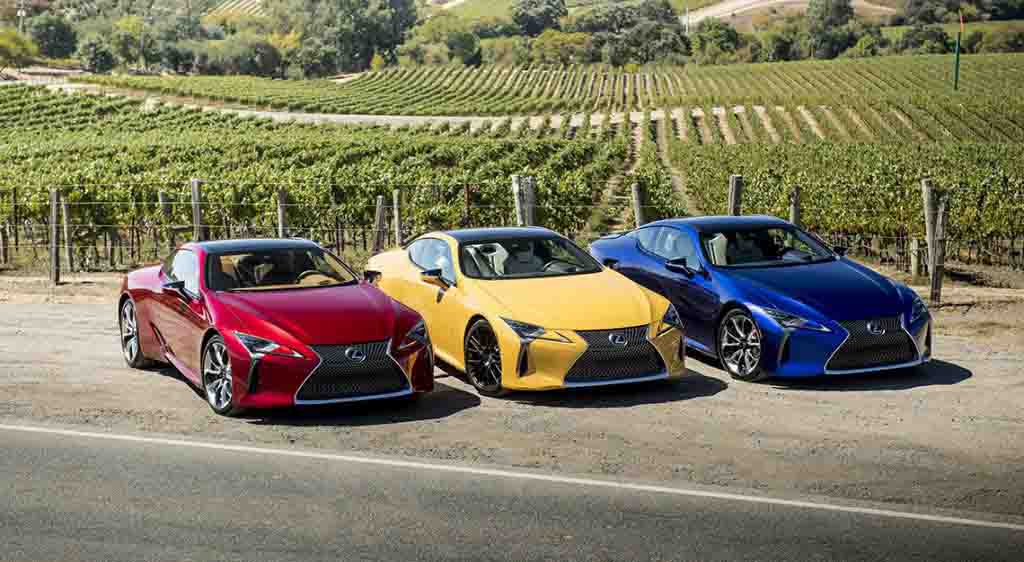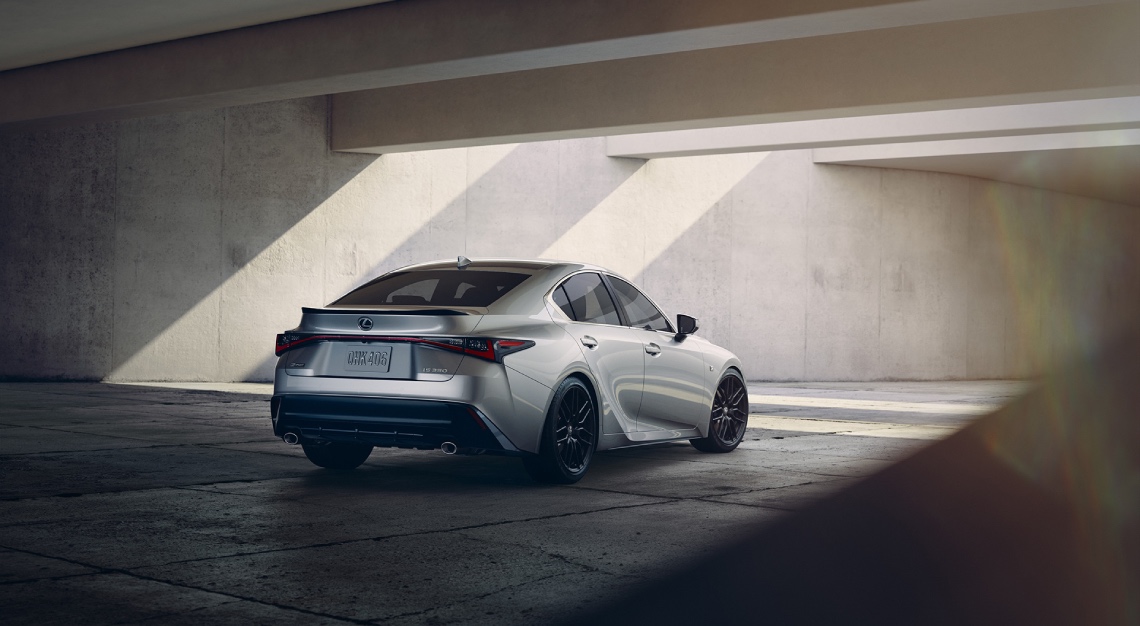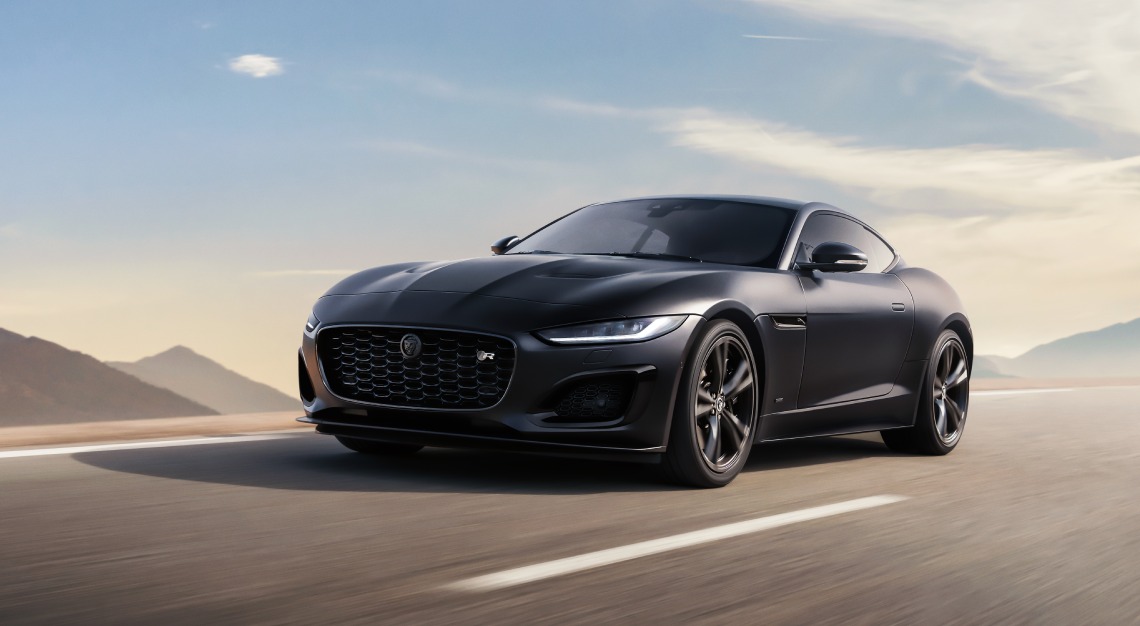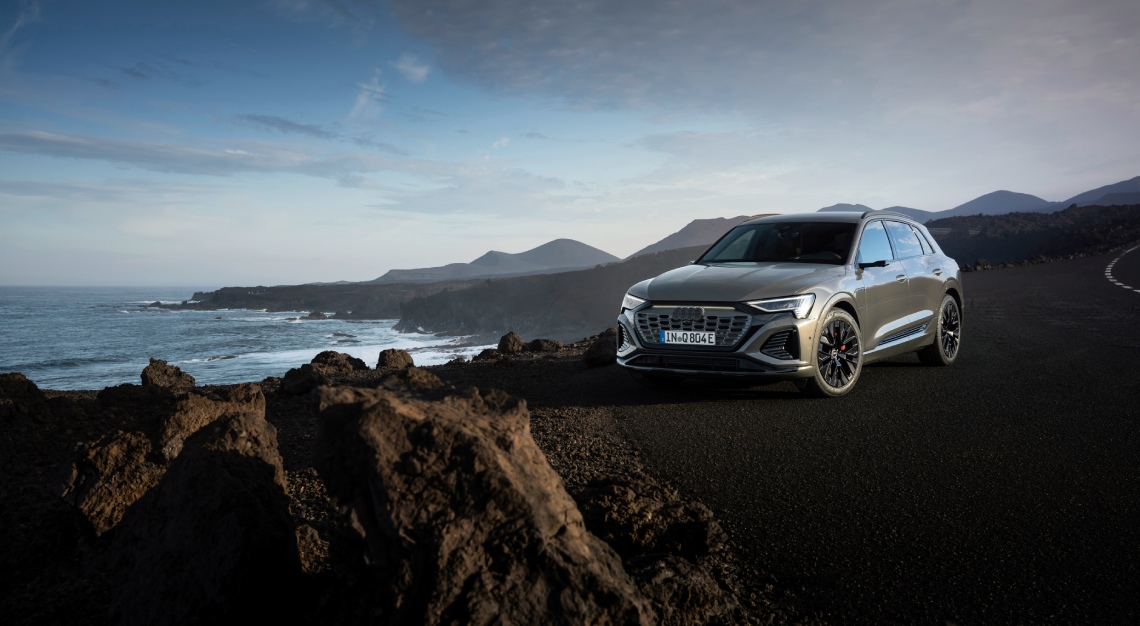A grand old time was had in Napa Valley when Lexus demonstrated the true meaning of hospitality with three of its flagship cars
Lexus is exceptionally fond of bandying the term omotenashi about. It loosely translates as ‘hospitality’; much in the way a good butler will have your suit laid out for you when you wake, or how a Japanese restaurant will always have hand towels ready for you on the table when you are seated.
And to experience Lexus’ omotenashi, I found myself flying to Napa Valley, California. There I was to drive three of its flagship cars: the LC Coupe, LS limousine and LX SUV. A bit of an odd choice, you might be thinking. After all, isn’t Lexus a Japanese brand?
Yes, but prior to 1989, Toyota’s premium arm didn’t exist. It’s also interesting to note that its first product, the LS limousine, was conceived for and aimed squarely at the North American market. The first-generation LS introduced omotenashi to Americans in a big way. Panel gaps with tolerances unheard of in the premium segment then, exceptional build quality and ride comfort were just a few of the limo’s calling cards.
Suffice it to say, Americans ate up the new LS and the carmaker’s subsequent products like so many cheeseburgers (the carmaker hit a rough patch in the past few years, but is recovering this year) and North America remains Lexus’ biggest market. And I had my first brush with the new, fifth-generation LS on the tarmac of its spiritual home a little earlier than expected when I commandeered what was supposed to be my chauffeured ride (long story, don’t ask) to Carneros Resort in Napa Valley.
https://www.youtube.com/watch?v=bBfVKHz_gdM
If the LS introduced omotenashi to America, then California certainly responded well to it. Europe might be the cradle of the automobile, but America, and the state of California is surely the car’s true home. Endless stretches of interstate highway criss-cross the state, with three of North America’s seven longest highways having their origin in the state. Surely then, California is extremely hospitable towards the car, though if I may make so bold an observation, omotenashi is more than just the way the seats and steering wheel slide away to allow for easier ingress and egress from the vehicle.
It’s also about eye-popping details. Take the new LS for example with its pleated fabric door cards and cut-glass accent panels – both inspired by and produced with traditional Japanese artisanal techniques. Or the carmaker’s flagship coupe’s LC, with its sculpted, floating aluminium door handles and Structural Blue paintwork that doesn’t contain pigments, but has particles that refract light to make it appear blue, mimicking the wings of some butterflies and beetles.
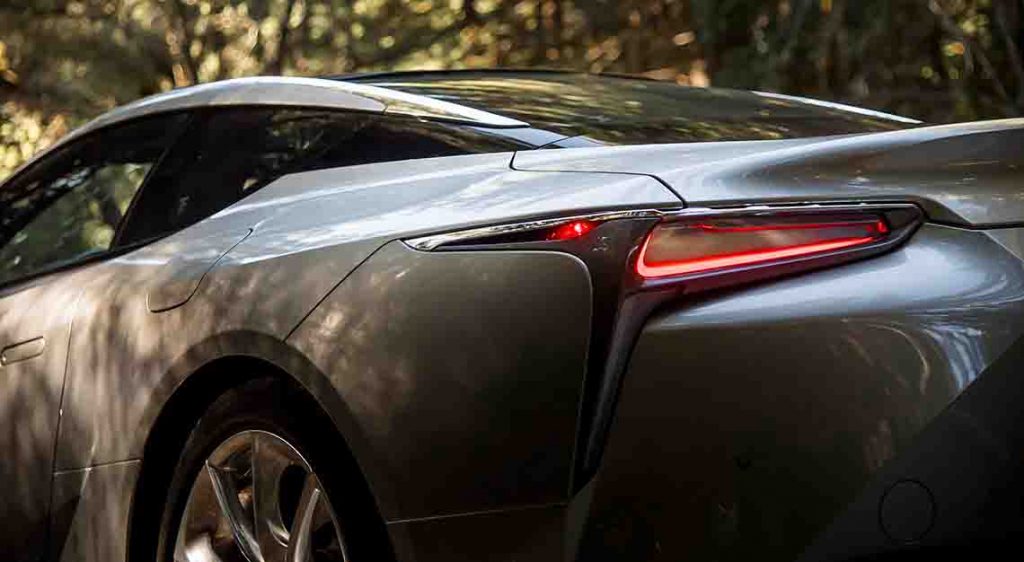
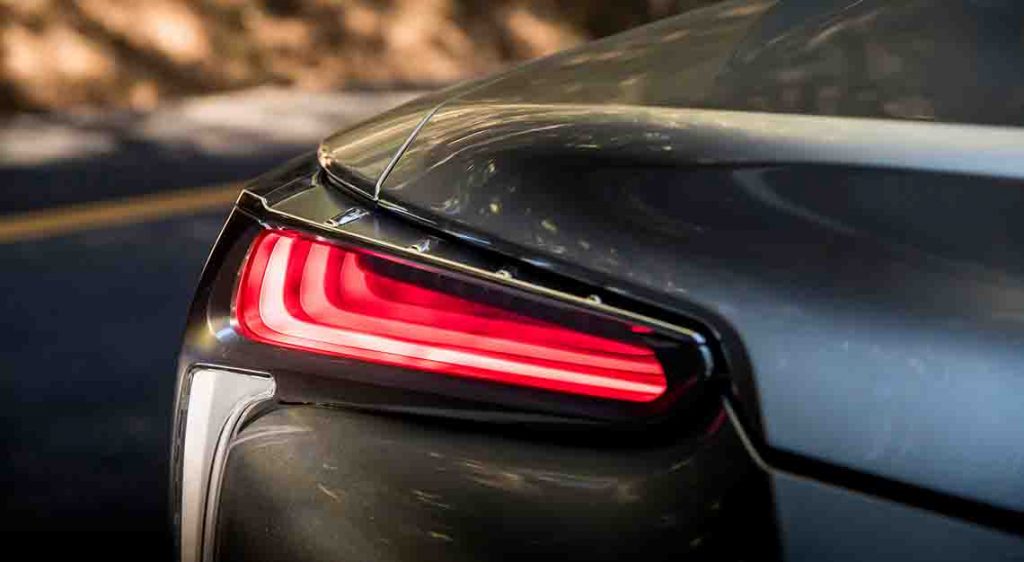
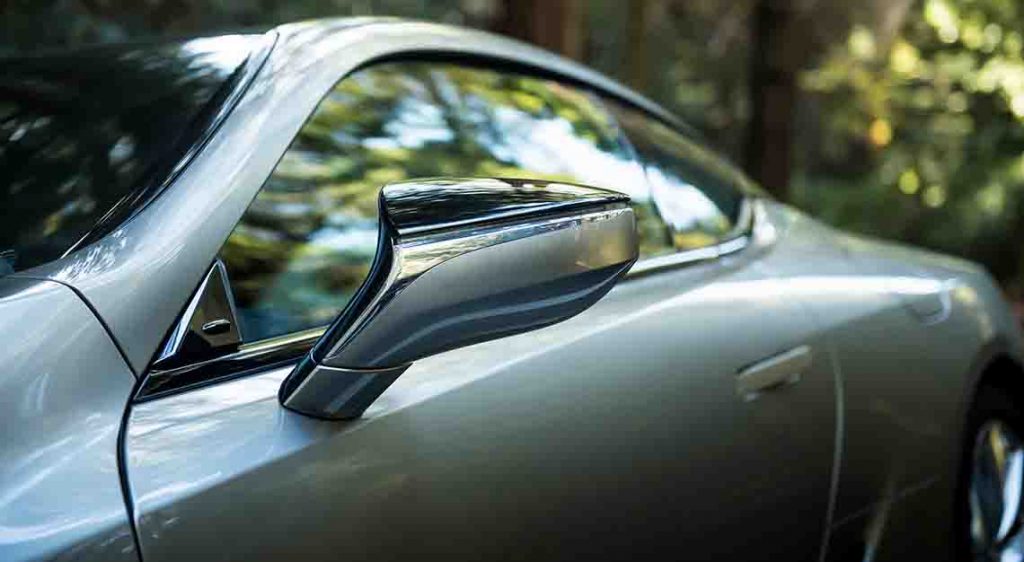
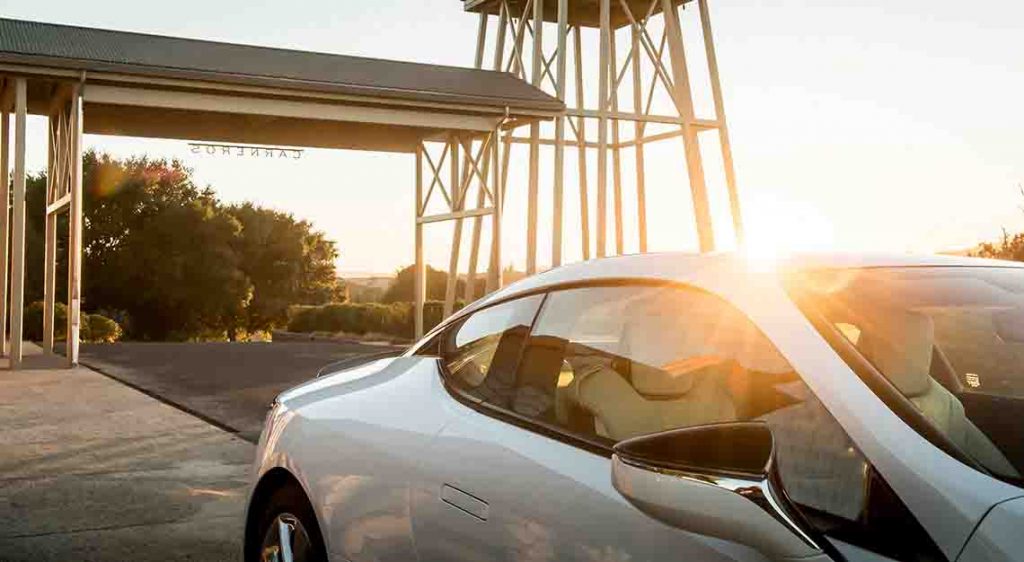
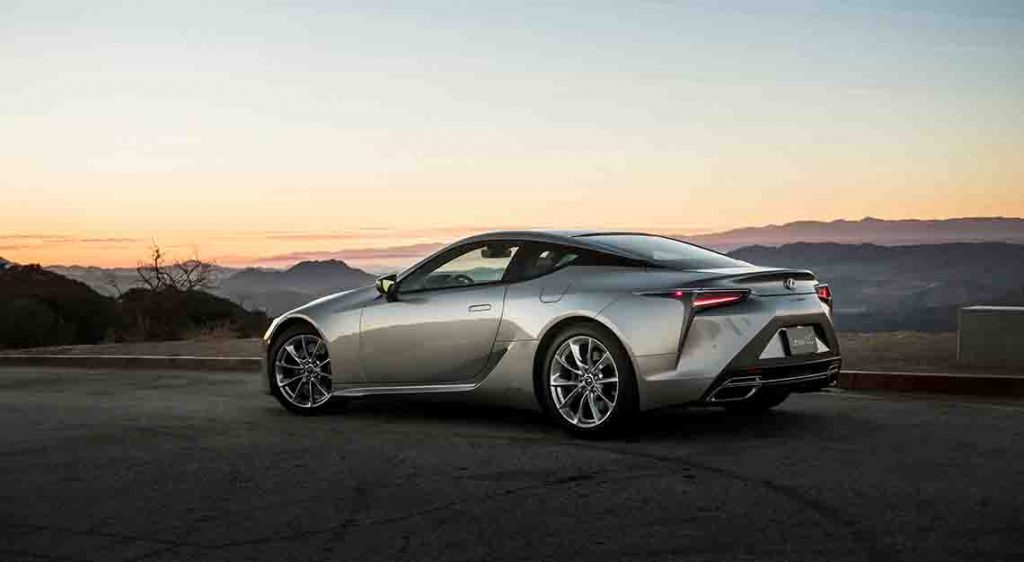
Omotenashi is also about seemingly insignificant things, but you just know that a Japanese engineer has spent hour upon hour agonising over getting it just right. Even the smallest storage cubbies in the LS slide ever so gently open and shut with a discreet, perfectly damped click; or the LC and its low driving position, which has been deliberately engineered to provide for more driver engagement.
A low bonnet line, something unheard of in modern cars, thanks to ever more stringent pedestrian safety regulations, complements this. The LC gets around that by placing explosive bolts under its bonnet that raise the bonnet line when the car detects a collision, providing a buffer between the hard engine and pedestrians.
You know that Lexus really takes this omotenashi thing extremely seriously, because upon returning to Carneros Resort, I found a knitted blanket monogrammed with the Lexus logotype waiting for me, which was certainly useful when enjoying dinner outdoors in Napa Valley with its bipolar climate (the proper meteorological term is ‘diurnal’, if you must know) that sees temperature variances in the neighbourhood of 20 degrees between day and night.
We also need to talk about the largest SUV Lexus makes, the LX, which I also had a quick go with in California. If you’ve never heard of the model, you don’t need to feel too silly, because the LX was never sold in Singapore. But it’s easy to see why we never got the Toyota Land Cruiser-based LX, though. I drove the range-topping LX570, equipped with a 5.7-litre V8 motor, which would make running costs here rather prohibitive, to say nothing of how it’s almost comically large, measuring five metres long and nearly 1.9-m tall.
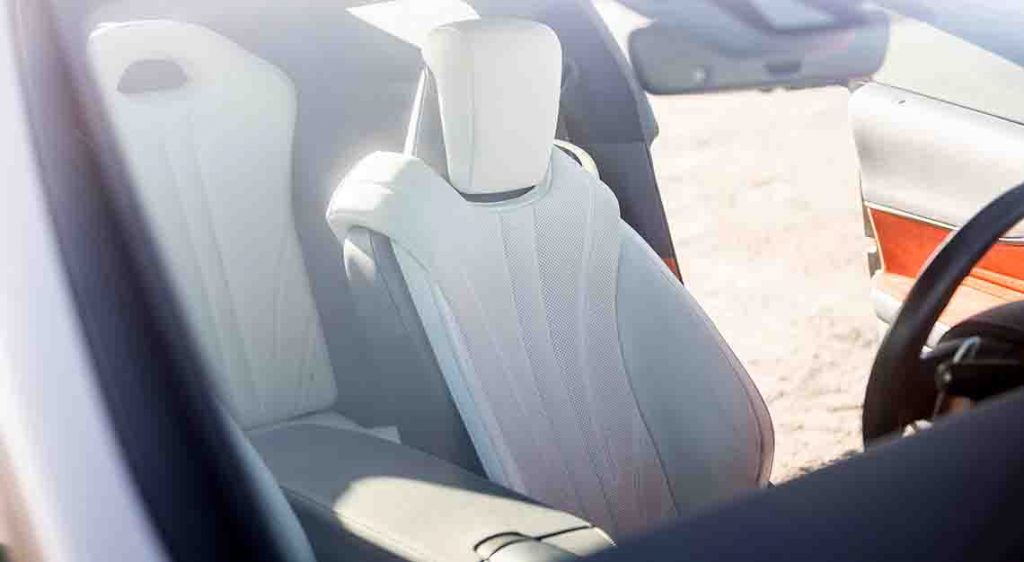
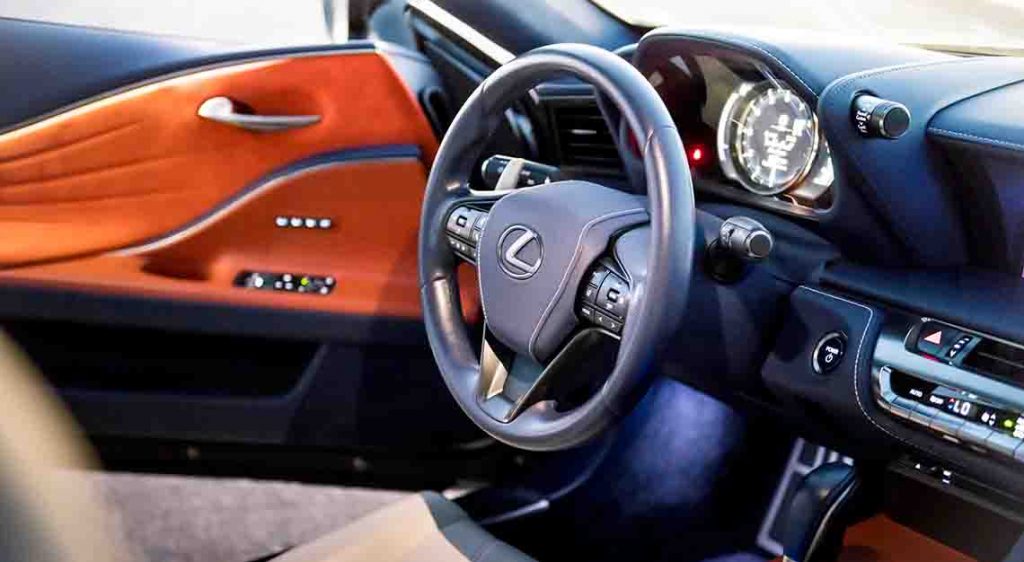
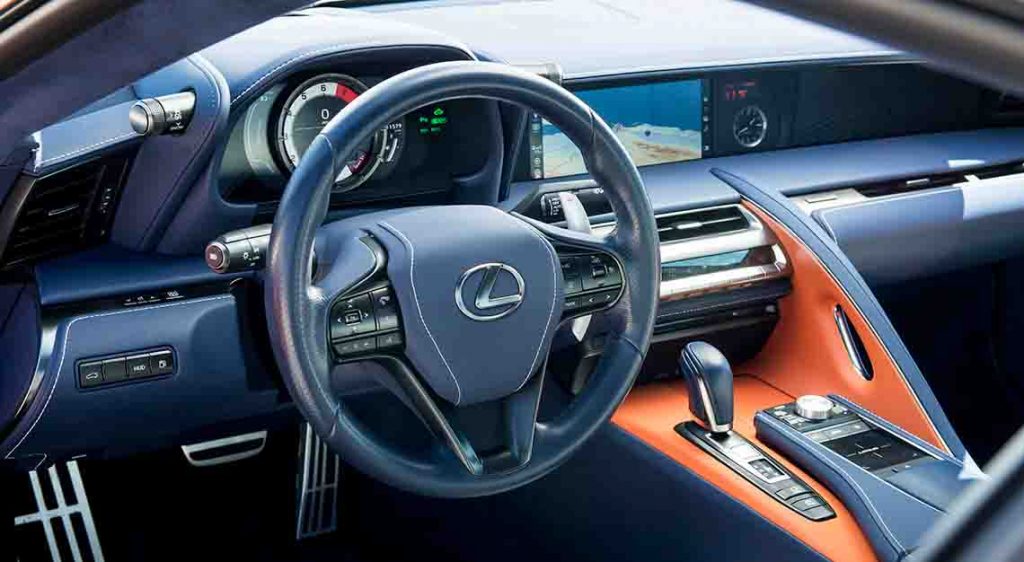
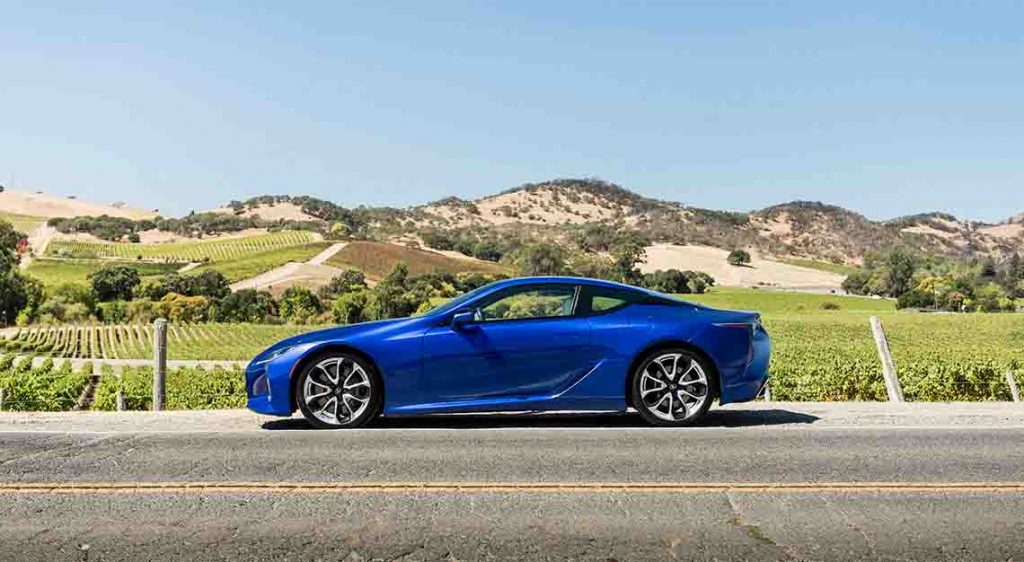
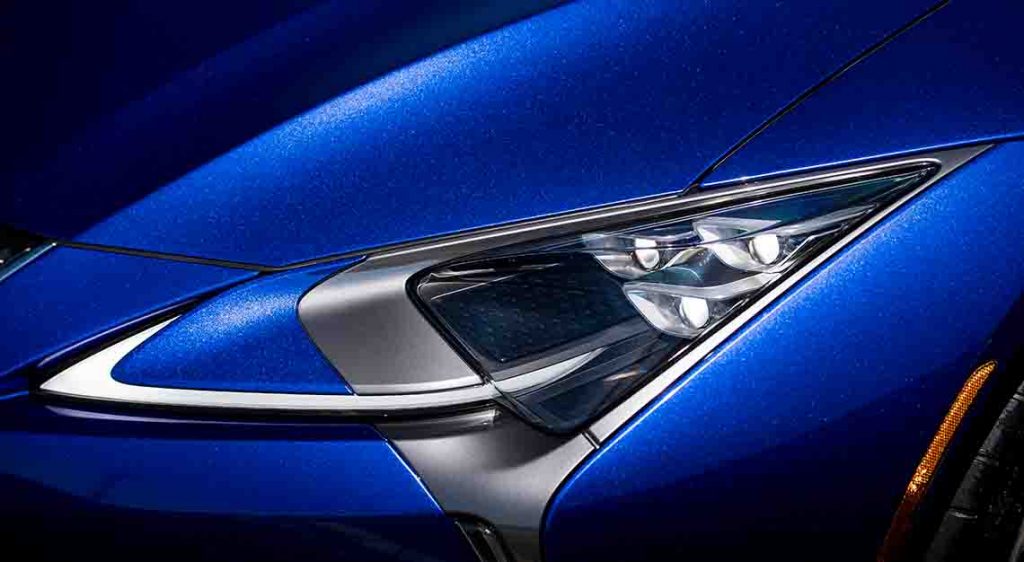
As you’d expect from another Lexus flagship vehicle, the LX570 has more omotenashi features than you can shake a stick at. One of its more interesting ones has to be its Climate Concierge function. It doesn’t just monitor the temperature/fans of the air-conditioning system, but also the ventilated seats and heated steering wheel. Of course, you could adjust all three on your own, but as anyone with a (good) butler will tell you, lifting a finger to do such menial tasks is the purview of peasants.
As with its less luxuriously appointed Toyota cousin, the LX is a brute of an off-roader. It’s equipped with a fully lockable differential, low-range gears and a solid rear axle. Meaning it’ll gladly go for a romp in the sand, chew up a few rock gardens and send the kids off to school – not necessarily in that order.
Aside from the school run bit, I got to do all the above in Napa Valley, taking the LX on a mild off-road course through the backyard of someone’s ranch – specifically, a ranch that belongs to the Beckstoffers, a family of Californian winemakers.
The LX handled the course admirably, naturally, but it also demonstrated again how much anticipation Lexus builds into its omotenashi. If I’m honest, the LX isn’t a great on-roader, with its old school body-on-frame construction flexing in odd ways over off-camber sections of road.
The point I’m driving at is Lexus has clearly built the LX for a time when the Earth becomes a post-apocalyptic nuclear wasteland, a place where tarmac will be a thing of the past.
Another area where Lexus’ omotenashi falters is how its cars aren’t skunk-proof. The Californian countryside is positively littered — and I say this literally — with the critters, especially plastered across the tarmac as roadkill. They could also be dashing across the road in front of an oncoming 2.7-tonne SUV laden with a full complement of seven passengers.
Not that a tiny animal like that could stop the LX in its tracks, but the smell a skunk produces when it’s dead or distressed could very well stop the person behind the wheel. As the pungent aroma of skunk spray (smelling akin to what would happen if a garlic and a century egg collided and went supernova) filled the cabin and my nostrils, it left me with this thought. I could have just closed off the air recirculation vents, but to have them instantly close automatically once the car detects skunk in the vicinity is something Lexus’ engineers could consider adding to their cars in the future.
